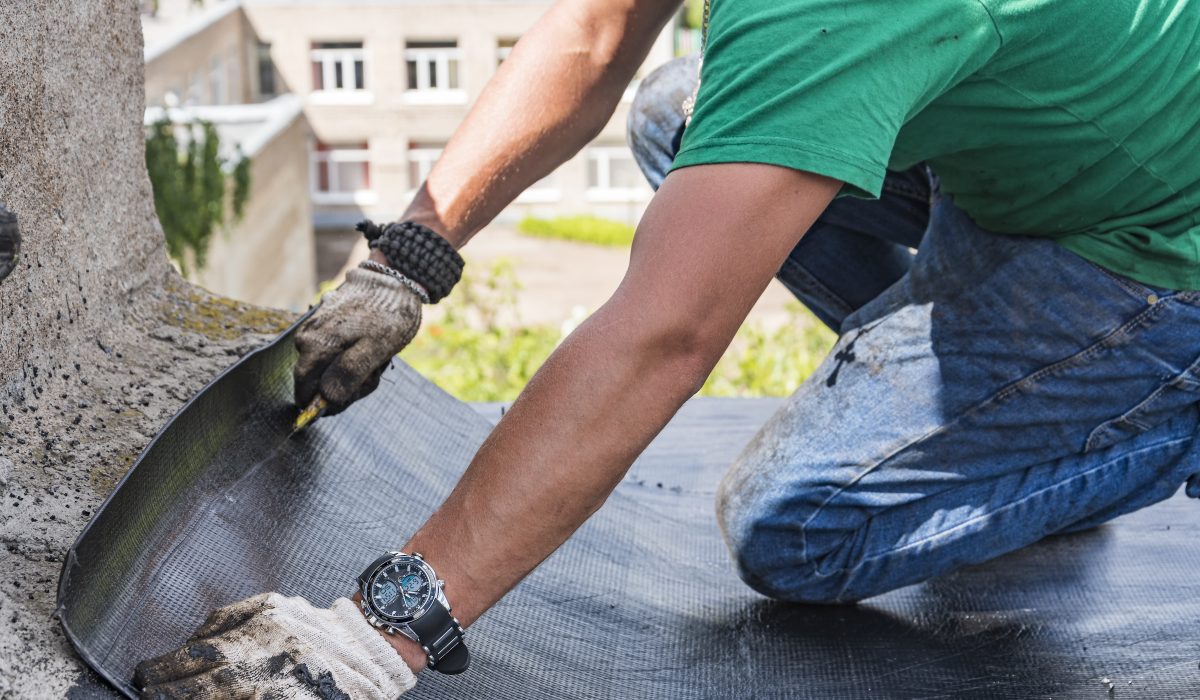What is Membrane Roofing and How Does It Work?
When you’re considering roofing options for commercial or residential properties, membrane roofing has become increasingly popular for good reason. Many property owners seeking premier roofing services want to understand what sets this roofing system apart from traditional options.
This guide breaks down everything you need to know about membrane roofing, from the different material types available to how they’re installed and maintained. Whether you’re planning a new construction project or looking to replace an existing roof, understanding membrane roofing will help you make an informed decision about protecting your building for decades to come.
Types of Membrane Roofing
Three main types of membrane roofing dominate the commercial and residential market: EPDM, TPO, and PVC. EPDM, or ethylene propylene diene terpolymer, stands out for its exceptional durability and ability to resist UV radiation, making it ideal for areas that experience extreme weather conditions. TPO, which stands for thermoplastic polyolefin, offers high energy efficiency and earns points for its environmental friendliness, as it’s fully recyclable.
This material handles dirt, tears, and punctures better than most alternatives. PVC, or polyvinyl chloride, reflects sunlight exceptionally well, resulting in lower cooling costs for building owners. It also withstands chemicals, fire, and high winds. Each type brings something different to the table, so choosing the right one depends on your specific project needs and local climate conditions.
Materials Used in Membrane Roofing
EPDM offers remarkable durability and UV resistance, making it a reliable choice for long-term protection. This material remains flexible even when temperatures drop, preventing cracking in cold climates. Repairs are straightforward when issues do arise. TPO stands out for its energy efficiency, thanks to its high solar reflectivity, which keeps buildings cooler. The material resists punctures and tears better than many alternatives, and its recyclability makes it appealing for environmentally conscious projects.
PVC offers fire resistance and durability that property owners appreciate. Its chemical resistance protects against various environmental factors, and the lightweight nature makes it easier to work with during installation and maintenance. The specific characteristics of these materials make them suitable for various roofing scenarios, depending on factors such as climate, budget constraints, and the desired lifespan of the roof.
Installation Process of Membrane Roofing
Installing membrane roofing requires careful attention to detail at every stage. Before any membrane goes down, contractors thoroughly inspect and repair the roof deck to create a smooth, stable surface. Proper insulation comes next, which plays a major role in energy efficiency. The membrane sheets are then laid out and sealed at the seams using either heat welding or adhesive techniques, depending on the type of membrane chosen.
Flashing details around penetrations and edges receive special attention, as these are common spots for water infiltration. Some installations finish with a protective coating or ballast to extend the membrane’s lifespan and strengthen its resistance to environmental wear. Following each step precisely makes the difference between a roof that lasts decades and one that needs premature repairs.
Advantages of Membrane Roofing
Membrane roofing delivers exceptional durability, translating to a long-lasting solution for protecting buildings. The flexibility of these systems allows them to adapt to various roof shapes and sizes, which gives architects and builders more design freedom.
One of the biggest selling points is the low maintenance requirement, property owners don’t face the constant repairs and upkeep that come with some traditional roofing options. These qualities combine to make membrane roofing both cost-effective and reliable for protecting buildings from harsh weather, ensuring strong performance year after year.
Maintenance Tips for Membrane Roofing
Keeping your membrane roofing system in top shape requires consistent attention. Plan to inspect the roof at least twice yearly, and always check it after severe weather events. During inspections, look for damage such as tears, punctures, or loose seams that could compromise the system. Clear away debris, such as leaves and branches, regularly, as these can trap water and create ponding issues that lead to leaks.
Trim back any overhanging tree branches before they cause damage. Check that flashings, drains, and gutters aren’t blocked, these components play a critical role in water management. Remove snow buildup quickly to prevent excessive weight from stressing the roof structure. When you spot problems, address them right away rather than letting them worsen. This proactive approach extends your membrane roofing system’s lifespan significantly.
Longevity and Cost Considerations
Understanding both the lifespan and financial aspects helps when evaluating membrane roofing systems for your property. These roofing systems typically last between 20 and 30 years when properly maintained, giving property owners peace of mind for decades. While the upfront installation cost runs higher than some traditional options, the long-term savings tell a different story. Lower maintenance expenses and improved energy efficiency often offset that initial investment.
Calculating the return on investment means looking at reduced energy bills, fewer repair costs over the roof’s lifetime, and potential tax benefits for choosing environmentally responsible roofing options. Many building owners find that the total cost of ownership actually favors membrane roofing when all these elements are factored in over time.
Related Topics:


2 Comments
Comments are closed.